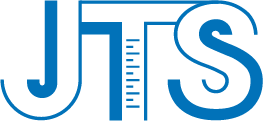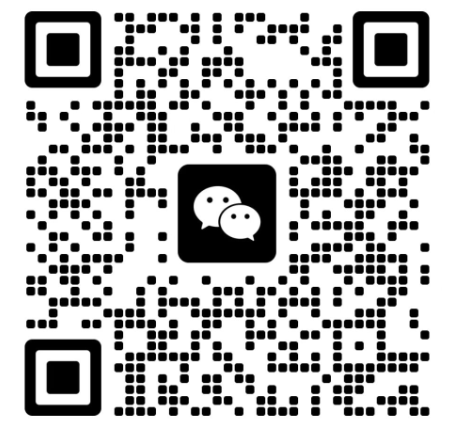Toy stationery testingProduct
Your Location:Home > Toy stationery testingThe AS/NZS ISO 8124 standard is the harmonized toy safety standard for Australia and New Zealand. It is primarily developed by adopting the international toy standard ISO 8124, while incorporating specific national modifications and requirements from Australia and New Zealand. Its aim is to ensure the safety of toys intended for use by children under 14 years of age.The AS/NZS ISO 8124 standard is largely aligned with other international toy safety standards. It specifies testing requirements for the physical, mechanical, chemical, and flammability properties of toys. The standard aims to ensure the safety and quality of toys, minimizing potential hazards to children during both intended use (normal use) and foreseeable unintended use (abuse).
The ACCC (Australian Competition and Consumer Commission) is the primary agency responsible for monitoring consumer product safety. It conducts market surveillance under the Australian Consumer Lawand has the authority to issue bans or mandatory recalls for non-compliant products. All toys sold in Australia must comply with the relevant parts of the AS/NZS ISO 8124 series of standards.
Overview of AS/NZS ISO 8124 Testing Items:
1. AS/NZS ISO 8124.1:2019 - Safety related to mechanical and physical properties.
This standard applies to all toys, defined as any product or material designed or clearly intended for use in play by children under 14 years of age. Testing covers the following areas:
•Protection against choking hazards from small parts, sharp edges and points.
•Length of cords and strings.
•Structural strength (e.g., drop tests, torque tests, tension tests).
•Sound pressure level limits for audible toys.
•Additional requirements for specific toys (e.g., toys close to the ear, hand-held toys, rattles, squeeze toys, toy scooters).
2. AS/NZS ISO 8124.2:2016 - Flammability.
This standard requires that toys must not constitute a dangerous flammable element in a child's environment. It specifies requirements for:
•Costumes intended to be worn by a child.
•Toys intended to be entered by a child.
•Toys intended to be hugged by a child.
•Masks.The burning rate of the finished toy and/or pile fabric or material is tested based on the time a child would have to escape a burning toy.
3. AS/NZS ISO 8124.3:2021 - Migration of certain elements.
This part specifies limits for the migration of eight heavy metals from accessible toy materials (unit: mg/kg):
•Lead (Pb): 90
•Arsenic (As): 25
•Antimony (Sb): 60
•Barium (Ba): 1000
•Cadmium (Cd): 75
•Chromium (Cr): 60
•Mercury (Hg): 60
•Selenium (Se): 500
4. AS/NZS ISO 8124.4:2020 - Safety aspects related to chemical and activity toys.
This part addresses the safety of experimental sets, such as chemistry sets. It specifies a list of permitted chemicals and prohibits the use of substances harmful to reproduction, such as borax.Important Notes:
1) Age Labelling and Warnings: Toys that may pose a risk (e.g., containing small parts) must have clear age warning labels in English. For example: "Not suitable for children under 3 years. Contains small parts."
2) Additional Standards for Specific Products:
•Electric Toys: Must also comply with AS/NZS 62115 (Safety of electric toys).
•Toys containing button/coin batteries: Must meet AS/NZS 62368.1 and the ACCC's mandatory safety standards for button batteries, ensuring secure battery compartments to prevent easy access by children.
3) Testing and Certification: Products typically need to be sent to a laboratory accredited by NATA (National Association of Testing Authorities, Australia) or an equivalent body for testing. A test report of compliance should be obtained. E-commerce platforms (such as Amazon) often require sellers to provide such reports.
J-Testing is a CNAS, CMA, and CPSIA accredited laboratory, committed to providing global clients with professional third-party testing, consulting services, and cross-border certification assistance.






 Our Service
Our Service
